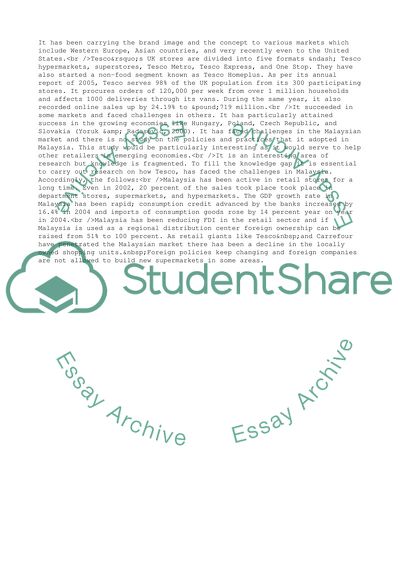Cite this document
(Challenges of the Business Development Strategy for Tesco Case Study Example | Topics and Well Written Essays - 1000 words - 3, n.d.)
Challenges of the Business Development Strategy for Tesco Case Study Example | Topics and Well Written Essays - 1000 words - 3. https://studentshare.org/business/1712649-tesco
Challenges of the Business Development Strategy for Tesco Case Study Example | Topics and Well Written Essays - 1000 words - 3. https://studentshare.org/business/1712649-tesco
(Challenges of the Business Development Strategy for Tesco Case Study Example | Topics and Well Written Essays - 1000 Words - 3)
Challenges of the Business Development Strategy for Tesco Case Study Example | Topics and Well Written Essays - 1000 Words - 3. https://studentshare.org/business/1712649-tesco.
Challenges of the Business Development Strategy for Tesco Case Study Example | Topics and Well Written Essays - 1000 Words - 3. https://studentshare.org/business/1712649-tesco.
“Challenges of the Business Development Strategy for Tesco Case Study Example | Topics and Well Written Essays - 1000 Words - 3”. https://studentshare.org/business/1712649-tesco.


